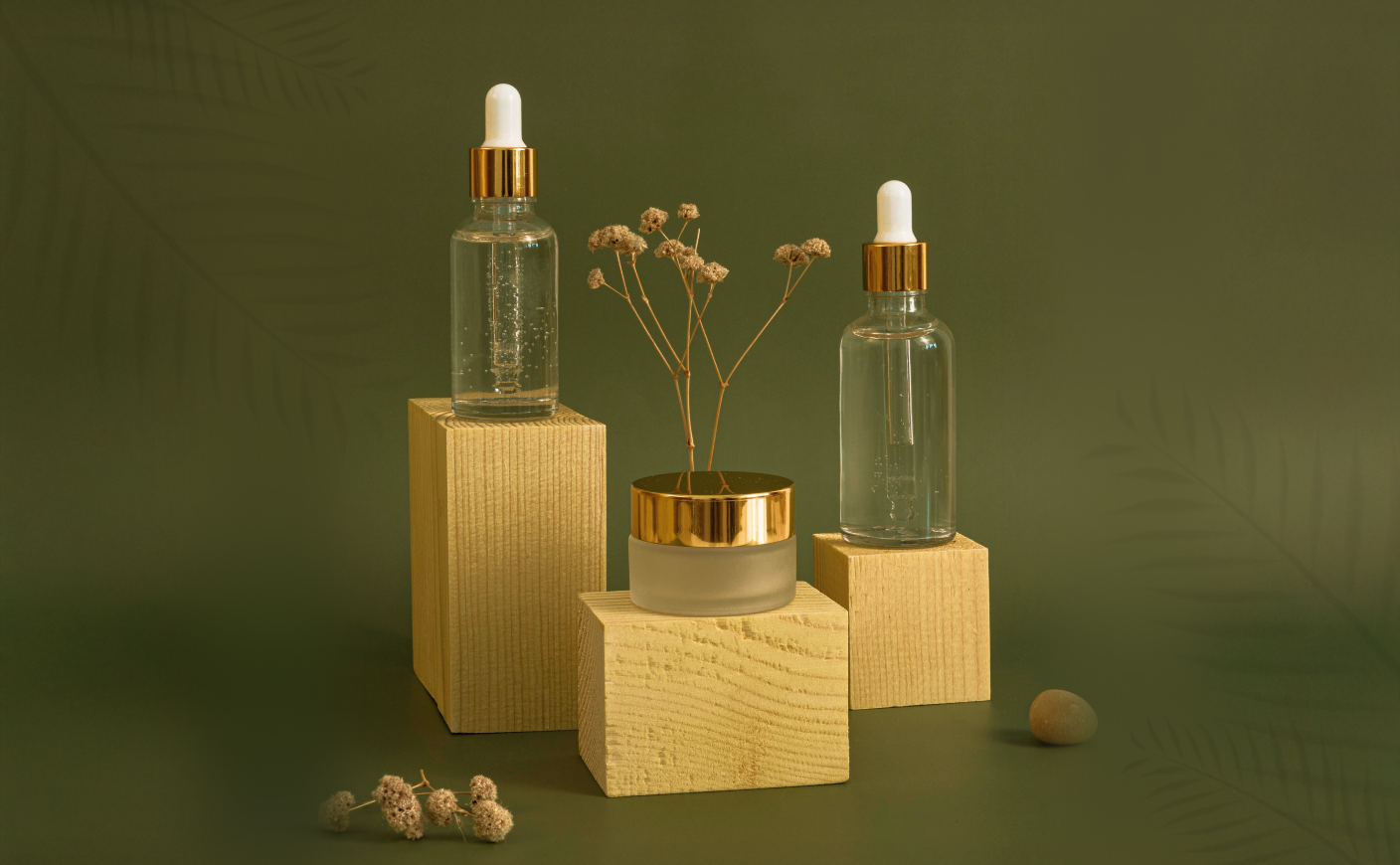How To Master International SEO for Global Growth
Black Hat SEO
International SEO
SEO success

Just think that you get the opportunity to serve 1.7 billion internet users across China and India, plus millions more in countries like Brazil, Japan, and beyond. That’s like a massive number of people waiting to discover your Shopify store.
But here’s the catch - If your store does not speak the language they are accustomed to or does not show up in places they usually do for their queries, you will not appear in their radar.
This is where the role of International SEO comes into play.
Why? Because International SEO strategies help with the ranking of your store not just in the home country but across the globe. This makes it easier for customers to find you and trust you.
It’s like building a bridge that connects your business with people worldwide—on their terms, in their language, and through their preferred search engines.
So, how do you make this happen? Let’s begin.
Understanding International SEO And Its Benefits
International SEO is the process of optimizing your Shopify store across multiple languages and countries. But here’s the interesting part - it is not just about translating the content.
So if your target audience is in Spain, simply switching your site from English to Spanish won’t cut it. You need to understand local search behaviour, cultural preferences, and how people search online.
For instance, Google is the go-to search engine in most parts of the world, holding a 92.9% market share in India and 87.84% in Italy. So, optimizing for Google is a must. But if you’re eyeing markets like China or Russia, you’ll need to consider Baidu and Yandex, as they dominate their respective regions.
International SEO primarily starts with:
- Targeting specific regions with localized keywords that match what users actually search for.
- Creating region-specific URLs (like .fr for France or .jp for Japan) to send the right signals to search engines.
- Optimizing metadata and language tags so search engines display the correct version of your site to the right audience.
When done right, this SEO strategy helps you to break language barriers, build credibility, and attract customers from around the world.
Also read: A Guide to Ecommerce SEO Audit.
Why International SEO Can Be A Game-Changer?
Reach a worldwide audience: Expand beyond borders and connect with millions of users searching in their native languages.
Better visibility: Take control of search results in specific regions, like Google’s overwhelming market share in India and Italy.
Increased conversion rates: International consumers respond better to localized content, which increases sales and trust.
Competitive advantage: Beat competitors who haven't optimized their stores for a global audience.
Better user experience: Serve visitors with content tailored to their culture, language, and preferences.
Reach untapped markets: Establish your presence in emerging markets with growing internet populations.
Credibility of your brand: A website that is multilingual and multi-regional increases the worldwide authority of your brand.
Top Strategies to Dominate International SEO
Expanding your Shopify store to international markets is not just about translating a website - but also about creating a localized experience that resonates with your target user.
A well-planned International SEO strategy can drive traffic, improve conversions, and improve your brand's visibility worldwide.
Here’s how you can do it effectively:
#1 Create A Tailored International SEO Strategy
Blindly focussing on audiences throughout the world can waste your marketing investment and can yield little to no results. A solid strategy guarantees that you're making the most of your resources and attaining long-term success. Here’s what to focus on:
Determine Your Key Markets: Make use of analytics tools to determine which countries are your top traffic sources and offer untapped potential.
Keyword Research: Tools like Ubersuggest can help uncover search volumes and keyword opportunities for your target region.
Identify Cultural Nuances: Research how language, phrasing, and user intent vary across markets to avoid missing the mark.
Address Possible Obstacles: Identify problems such as shipping difficulties or legal constraints and brainstorm solutions early.
Also read: What Every Merchant Needs To Know About Cross-Broder Commerce.
#2 Optimize Your Store’s URL Structure
If you want to succeed in international SEO, getting your URL structure right is crucial. A well-organized, region-specific URL not only helps search engines understand your content but also builds trust with users in different countries.
But which structure should you choose? Let’s break it down:
- Country-Specific Domains (ccTLDs)
Example: www.travelblog.de
Best for: Businesses with a strong presence in specific countries.
A ccTLD (country-code top-level domain) tells search engines and users that your website is made specifically for that country. It’s the strongest geo-targeting signal, but managing multiple domains can be resource-intensive.
Pros:
- Sends a strong local signal to search engines.
- Builds instant trust with local audiences.
Cons:
- Higher costs and maintenance (separate domains for each country).
- SEO efforts are split across multiple domains, making it harder to build domain authority.
Subdomains
Example: www.de.travelblog.com
Best for: Companies that want some localization without managing multiple domains.
A subdomain allows you to separate content for different regions while keeping it under the same main domain. Search engines treat subdomains as separate websites, meaning SEO efforts don’t always pass between them.
Pros:
- Easier setup than multiple ccTLDs.
- Still provides some regional targeting.
Cons:
- Less SEO authority passed from the main domain.
- Not as strong a location signal as a ccTLD.
Subdirectories (Subfolders)
Example: www.travelblog.com/de
Best for: Businesses looking for cost-effective international SEO.
A subdirectory keeps all content under one domain, making SEO management easier. It also consolidates domain authority, helping your main site rank better overall. However, it’s a weaker signal for geo-targeting compared to ccTLDs or subdomains.
Pros:
- Cost-effective and easier to maintain.
- SEO authority stays consolidated under one domain.
Cons:
- Weaker country-specific ranking signals.
- May not build as much local trust as a ccTLD.
Global Tags with Language Parameters (gTLDs)
Example: www.travelblog.com/?lang=de
Best for: Businesses that prioritize ease of implementation over SEO strength.
This method uses URL parameters to serve different languages. While it’s the easiest way to manage multilingual content, it sends very weak location signals to search engines, meaning it’s not the best choice for serious international SEO.
Pros:
- Very easy to implement.
- Works well for minor language adjustments.
Cons:
- Weakest SEO signal—search engines might struggle to rank region-specific content.
- Less user-friendly (doesn’t look as professional or localized).
Your choice depends on your goals, resources, and level of localization:
- If you want strong local ranking & user trust, go for ccTLDs (www.travelblog.de).
- If you want some separation without multiple domains, subdomains (www.de.travelblog.com) work well.
- If you want to keep SEO authority & save costs, subdirectories (www.travelblog.com/de) are a smart choice.
- If you just need a quick multilingual fix, language parameters (www.travelblog.com/?lang=de) might be okay—but they’re not ideal for serious international SEO.
Also read: A guide to split testing your pricing strategy.
#3 Speak Your Audience’s Language—Literally
When targeting international audiences, you need to be very accurate in translation. Poor translation can confuse users and even harm your brand’s credibility.
Professional Translations: Avoid automated tools; hire translators familiar with local slang, idioms, and cultural preferences.
Localized Navigation: Ensure everything—from menus to calls-to-action—is in the target language.
Language Tags: Implement hreflang tags to signal to search engines that your site offers language-specific pages.
User Control: Include an option for visitors to switch languages manually, accommodating preferences that don’t align with their current location.
#4 Create Region-Specific Content
Tokyo audiences might not respond as well to something that appeals to people in New York. To truly engage your international audience:
Localize Beyond Language
Translation is just the first step, but true localization means adapting your content to match cultural values, regional trends, and local consumer behavior.
For instance, while bold and direct marketing works in the U.S., Japanese audiences prefer a more subtle, relationship-driven approach. Even colors matter—red symbolizes luck in China, but it can mean danger in some Western countries.
Keyword Targeting
Don’t assume a direct translation of your English keywords will work everywhere. People in different countries search differently.
For example:
- In Germany, people might search for “Turnschuhe” (sports shoes), while in Brazil, they’ll look for “tênis esportivo.”
- Someone in Spain looking for a winter coat may type “abrigo de invierno,” whereas in Mexico, they might search for “chamarra de invierno.”
Use region-specific keyword research to ensure your content aligns with what users are actually searching for.
Research with VPNs
Use a VPN to simulate searches from different countries. This helps you analyze search results, understand which competitors rank locally, and identify the kind of content that performs well in each region.
#5 Build High-Quality Backlinks
Link building is crucial for boosting international SEO rankings. Here’s how you can earn relevant backlinks:
Strategies for Global Link Building
Guest Posting on Regional Blogs: Identify reputable blogs in your target markets and contribute high-value content.
Example: A Shopify store selling eco-friendly products can contribute to a German sustainability blog with a topic like “The Rise of Sustainable E-commerce in Germany.”
Leverage Local Directories: Submitting your store to local business directories boosts credibility.
Example: A fashion store expanding to France should list itself on French directories like PagesJaunes or LaPoste.
Engage with Local Influencers: Partnering with influencers who have a regional following can drive referral traffic.
Example: A beauty brand targeting Japan can collaborate with a Japanese beauty blogger for product reviews.
Pro Tip: Research competitors' backlinks using tools like Ahrefs to identify potential linking opportunities in your target regions.
#6 Give Priority To High-Impact Countries
Not every country will be ideal for your brand. Focus your efforts where they they’ll yield the greatest returns:
Examine Current Traffic
Determine which nations currently contribute to your site's engagement and revenues.
Platforms like Google Analytics can give you insights into site visits, conversions, and revenue sources by country. If you notice strong traction from certain regions, that’s a good sign there’s demand for your brand there.
Evaluate Market Potential
Just because a country brings traffic doesn’t mean it’s an ideal market. You need to dig deeper:
- Demographics – Does your target audience exist there? What are their preferences?
- Internet Usage – Are people in that region actively shopping online?
- Economic Conditions – Can your product or service succeed in their price range?
For example, luxury brands might thrive in high-income nations, while budget-friendly ecommerce stores might perform better in price-sensitive markets.
Spy on Competitors
Check out the keywords ranking in your target market. A little competitive analysis in your niche helps you to discover what keywords are they ranking for or what kind of content they are producing.
A tip - You can use tools like SEMrush and Ahrefs to assess your level of competition.
In addition, this also helps you to identify the saturation level of your market or if you have any USP to stand out.
Take Local Regulations into Account
Each country has its own rules for ecommerce, taxes, data privacy, and advertising. Some countries have strict import/export laws, while others have unique tax requirements (like VAT in the EU).
Make sure you research local business laws before setting up shop to avoid unnecessary headaches.
#7 Optimize for Local Search Engines
Google dominates global search traffic—92.9% in India and 87.84% in Italy—but other search engines hold sway in certain regions. For example:
- Baidu: Focus on this search engine for China.
- Yandex: A must for Russia.
- Naver: Popular in South Korea.
Understand the unique ranking factors and user preferences of these platforms to maximize visibility.
Also read: How Shopify Helps In Hyperlocal Ecommerce.
#8 Monitor And Adapt
The international market is dynamic, with ever-changing user behavior, search algorithms, and trends. To stay ahead:
Track Performance: Track traffic, rankings, and engagement by region using analytics.
Remain Up to Date: Adjust to changes in search engine algorithms and emerging consumer preferences.
Iterate and Improve: Make adjustments to your technical SEO, keywords, and content based on data insights.
International SEO vs Global SEO: Is There A Difference?
While both International SEO and Global SEO aim to optimize websites for global audiences, they differ in focus and execution.
Here’s a quick comparison:

Conclusion
International SEO is a powerful strategy that can transform your Shopify store into a global powerhouse by connecting with audiences across cultures and languages.
As the digital world continues to expand, adapting international SEO is not just an option—it’s a necessity for any business looking to thrive in a global marketplace.
Frequently Asked Questions
How much does international SEO cost?
The cost of international SEO varies widely based on factors like the number of target regions, keyword research complexity, translation needs, and technical implementation.
On average, businesses spend between $1,500 to $10,000 per month. Custom solutions for larger campaigns may exceed this range, depending on the scale and strategy required.
What is international SEO vs local SEO?
International SEO focuses on optimizing a website to target audiences across multiple countries and languages, using strategies like localized keywords, cultural customization, and region-specific URL structures.
Local SEO, on the other hand, targets a specific geographic area, emphasizing local keywords, Google My Business optimization, and location-based content.
How long does it take for International SEO to show results?
International SEO requires patience to deliver visible outcomes. Typically, you can expect to see results within four to six months. However, it’s important to note that SEO efforts are cumulative—the more consistent and strategic your efforts, the more your results will continue to grow over time.
CrawlApps
At CrawlApps, we don’t just build Shopify stores—we create experiences that sell. We’re a bunch of problem-solvers who love turning ideas into stores that actually converts. Whether it’s fixing what’s broken or building something from scratch, we make sure every detail works in your favor. No fluff, no jargon—just real solutions that help your business grow. If you’re serious about Shopify, you’ll feel right at home with us.















